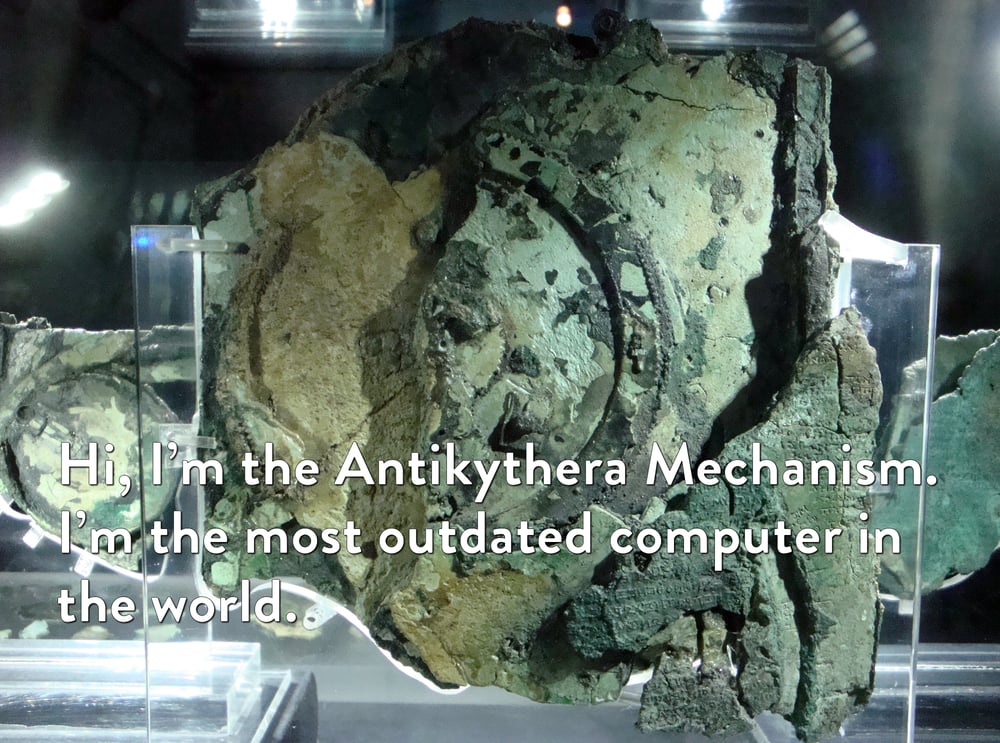
Keeping your technology (workstations, servers, software, etc) up-to-date is important, but it’s often seen as something that can be shelved. Unfortunately, putting technology updates on hold has more than a few negative effects:
1. You can’t get support for outdated technology. Eventually, hardware and software companies stop offering support and updates for older products. That’s when things start getting buggy and crashes occur.
2. Having outdated tech sends the wrong signal. Maintaining a productive workforce requires providing people with the right tools to get their jobs done. Without the right tools, productivity takes a dive and nobody’s happy.
3. Out of date programs are a big security risk. When new software comes out, you can bet a good amount of time was spent on making it as secure as possible, particularly operating systems. Just consider the differences in security features between Windows 7 and XP.
Those reasons are just the tip of the iceberg. The more obvious ones, like incompatibility issues and parts simply wearing out, are of major concern as well. The general rule of thumb is that workstations should be replaced with new ones every 3 years. The same holds true for servers, although some can make it a full 4 years before performance issues arrise and warranties expire. And as for software, make sure your programs are always up-to-date. If there are newer versions out there, consider getting them as soon as possible.
Of course, you’ll hear all of this in our quarterly business reviews, or sooner if we see that those workstations are nearing the 3 year mark. We’re pretty good at keeping track of those dates, so people can continue performing at their productive best.
If you’re not a Ripple client, think about scheduling a free assessment of your IT systems. Without the pushy sales pitch. Really.
Don't Fall Behind!
Get the latest work-from-home and Humans First® IT tips straight to your inbox.